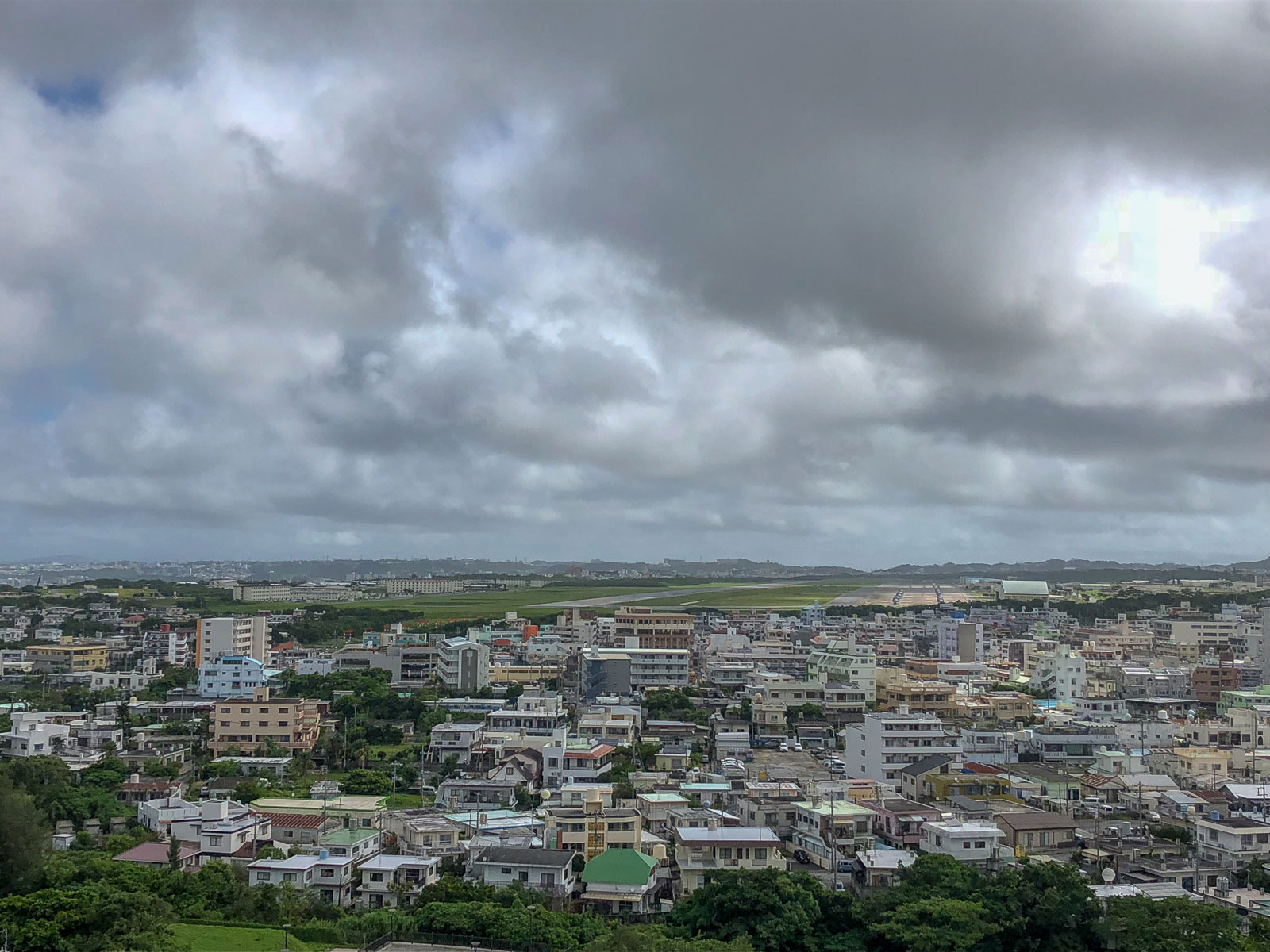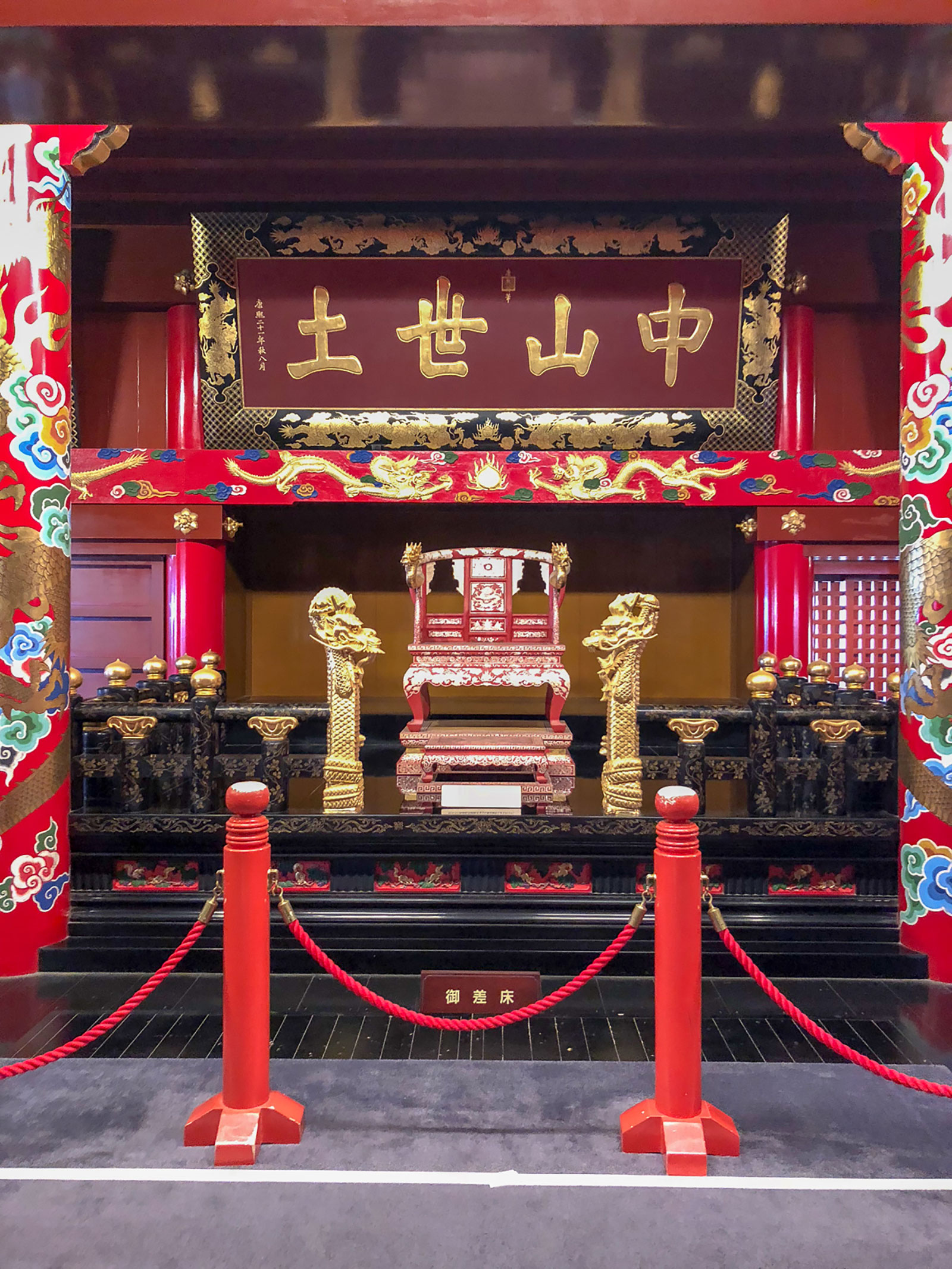
Join this exciting adventure to Okinawa, Japan with Professor Christy. We will explore the history, tradition, and culture of this unique and significant island. Over ten days, we will visit caves that were once forts in the heart of battle, winding markets with all of the tastes, smells, and colors you can imagine, shrines that will fill you with peace, and artisans who will immerse you into their craft. We will overlook military bases as we think about the American Occupation and the impacts of that relationship. We will eat Okinawan soba (noodles with pork), sample Goya (bitter melon), learn the intricate steps that create the dyed cloth known as Bingata, and dance to traditional Okinawan music. Immerse yourself in the intertwined history of Ryukyuan, Japanese, and American peoples.
The Gail Project is a collaborative, international public history project that explores the founding years of the American military occupation of Okinawa. The project is inspired by a collection of photos taken in Okinawa in 1952-53 by an American Army Captain: Charles Eugene Gail. The photos were generously donated to Special Collections at McHenry Library by Charles’ daughter, Geri Gail, and have since been made available for student research.

Okinawa pricing:
Okinawa:The Gail Project: An Okinawan-American Dialogue
Date of trip:
March 2020
Price of trip:
Coming soon!
Travel Dates
March 2020
Complete itinerary coming soon!

Alan Christy
Cowell Provost, Associate Professor History, Co-Director
Center for the Study of Pacific War Memories
Alan Christy is an Associate Professor of History at the University of California, Santa Cruz. His publications include Ethnographies of the Self: Japanese Native Ethnology,1910-1945 (forthcoming), a translation of Amino Yoshihiko’s Rethinking Japanese History (forthcoming) and essays on modern Okinawan history and war memory in Japan.
He teaches courses on Japanese and East Asian history, Okinawa, and historiography and memory. He is currently researching transnational memories of World War II in the Pacific between 1945 and 2005, as well as continuing his work on the history of ethnography in Japan.



































